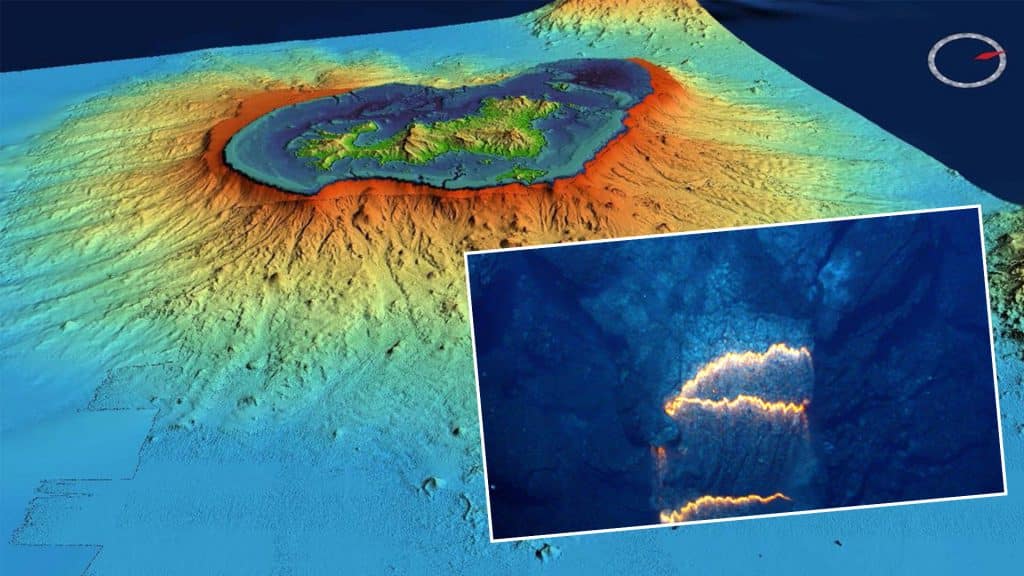
Mount Ahyi is a large conical submarine volcano that is likely to erupt. Its highest point is 137 meters below the Pacific ocean surface. It is part of the Mariana Islands Volcanic Arc, a chain of 60 active volcanoes that extends some 600 miles west and parallel to the Mariana Trench, the deepest place on Earth.
Although this area of the Pacific is characterized by an abundance of seamounts, experts were able to identify Ahyi as the source of the volcanic activity thanks to satellite images captured on November 6, which show discoloration on the ocean surface in its vicinity.
All indications are that the Ahyi seamount erupted in mid-October, although scientists are not sure because it is very inaccessible.
With help from the Tahiti Geophysical Laboratory and data from seismic stations in Guam and Japan, scientists analyzed the signals to determine that the source of the activity was likely Mount Ahyi seamount, according to a statement from the U.S. Geological Survey (USGS).
«There are no local monitoring stations near Mount Ahyi, which limits our ability to detect and characterize volcanic activity there,» the agency said. «We will continue to closely monitor available satellite, seismic, remote hydroacoustic data.»
Scientists are looking to see if the activity is shallow earthquakes or if material exploded from the crater, said Matt Haney, a USGS research geophysicist. Scientists are checking satellite data to see if there is discolored water, which could suggest material is coming out of the volcano, he said.
Also read: NASA returns to the moon with the launch of the powerful «Artemis I» system
«There is nothing at this time to suggest that this eruption will intensify into a major eruption,» Haney said.
Still, mariners would want to avoid the immediate area, he said.





